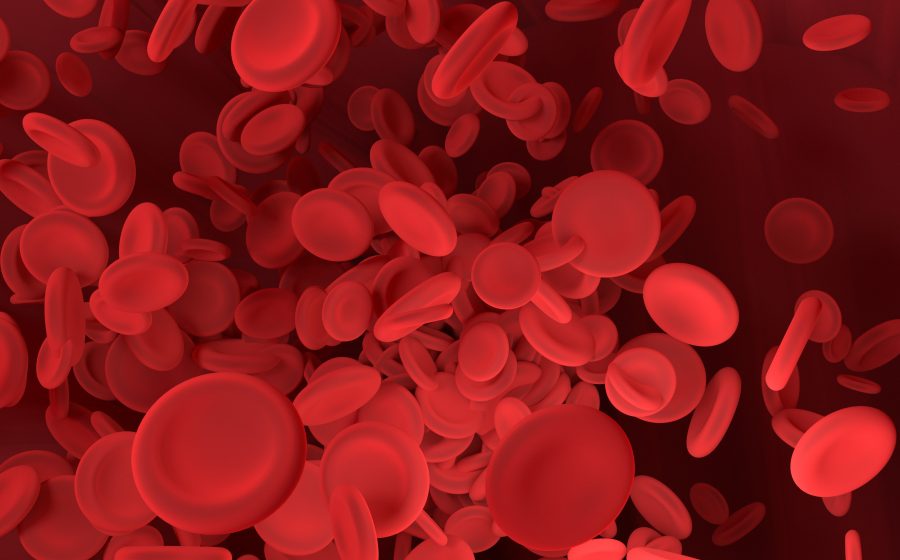A group of inherited or acquired conditions that result when the blood does not clot properly due to a missing or defective protein or cell in one’s blood or to blood vessel abnormalities. Individuals affected by bleeding disorders may experience easy bruising, prolonged nosebleeds, heavy menstrual bleeding, and prolonged and spontaneous bleeding into joints, muscles, and organs. Prolonged bleeding may also occur following surgery or injury.
The body produces clotting factors. If any of them are defective or deficient, blood clotting is affected. Platelets, cells in the blood stream, also assist in blood clotting and if affected, can cause bleeding. Depending on the type of defect, a mild, moderate or severe bleeding disorder can result.
While all bleeding disorders have a lot in common, such as some symptoms and the complications of bleeding, they are also all different. The Eastern Pennsylvania Bleeding Disorders Foundation serves the following bleeding disorders:
Hemophilia is an inherited bleeding disorder in which the blood does not clot properly, however, in 30% of hemophilia cases there is no family history of hemophilia.
Blood contains many proteins called clotting factors that help to stop bleeding. People with hemophilia have low levels of either factor VIII (8) or factor IX (9), referred to as hemophilia A and B respectively. This can lead to spontaneous bleeding into muscles, organs and joints as well as bleeding following injuries or surgery.
The severity of hemophilia that a person has is determined by the amount of clotting factor in the blood, and is described as mild, moderate, or severe.
Hemophilia affects roughly 20,000 individuals in the US.


People with hemophilia A or B can develop an immune response to clotting factor in which antibodies attack the medication. A person who develops an inhibitor will require special treatment until their body stops making inhibitors.
The immune system is the primary defense system of the body against disease and foreign agents. For these patients, the immune system produces antibodies that “inhibit” clot formation by destroying the clotting factor before it has a chance to stop the bleeding. The reason for a patient developing inhibitors is still not entirely clear and the presence of an inhibitor makes treating bleeds more difficult. Standard treatment does not work, and other methods to control bleeding must be used.
Von Willebrand disease (VWD) is a genetic disorder caused by missing or defective von Willebrand factor (VWF), a clotting protein.
People with VWD may experience frequent nosebleeds, easy bruising, and excessive bleeding during and after invasive procedures, such as tooth extractions and surgery. Women often experience menorrhagia, heavy menstrual periods that last longer than average, and may hemorrhage after childbirth.
There are 3 types of VWD with various subtypes organized by the specific problem with the von Willebrand factor, whether it is defective (doesn’t work properly) or deficient (not enough). Type 1 is the most common and usually the mildest form of VWD in which a person has lower than normal levels of VWF. In type 2, the VWF is defective and does not work properly. Type 2 is further broken down into four subtypes. Type 3 is the most severe form of VWD, in which a person has little to no VWF. VWD affects up to 1% of the population, affecting both men and women equally.


A person can have a defect in other clotting factors. Inherited bleeding disorders can also result from too few platelets, defects in platelet function, or blood vessel abnormalities. The type of bleeding noted, treatment options, and inheritance patterns vary with each disorder.